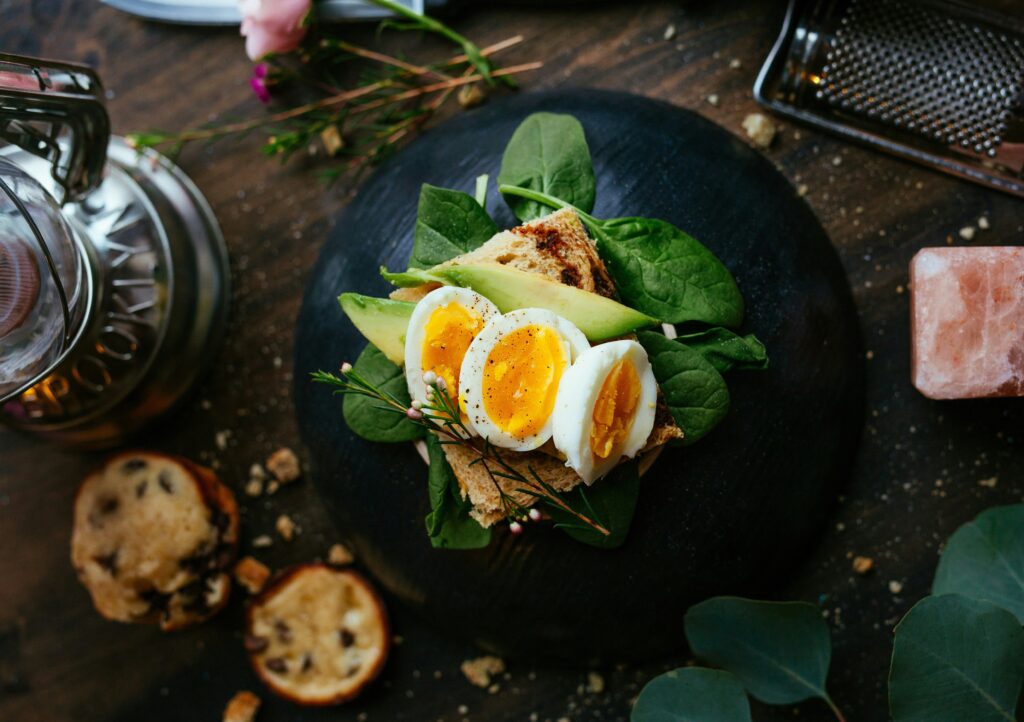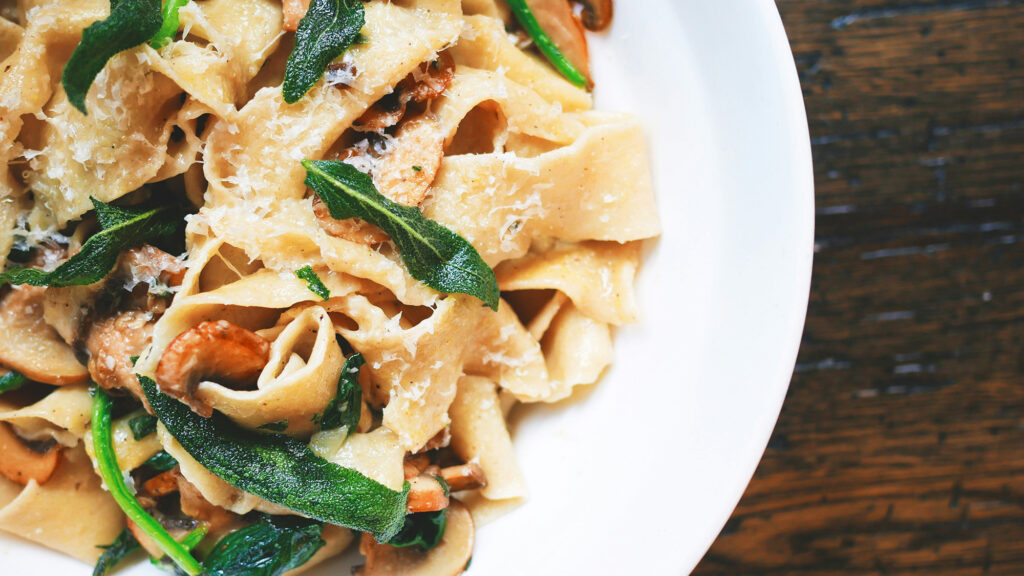Dals, or lentils, are the source of protein. Also, they are rich in carbohydrates, folate, fibre, and strong B-complex vitamins. Yellow dal is flavorful with fortified potassium, iron, and copper minerals. Consuming dals helps our body produce energy by converting carbohydrates into glucose. Hence, more intake of dal leads to higher glucose levels. But that does not mean quitting your savoury dal dishes. You just need some healthy ways for dal consumption.
How to optimize yellow dal intake
• Consider keeping your food intake flow as- fibre> protein > complex carbs for a balanced meal.
• Try reducing the portion size of rice while consuming it with dal and pulses. This helps minimize carbohydrate intake.
• Consider adding rich sources of protein like yoghurt, milk, or tofu with dal. It adds protein to the diet.
• You can consider pairing more than one vegetable source, for example, beans with yoghurt or pulses with tofu. It fills the lack of amino acids in veggies.
• You can also try sprouted dals. They are low in calories and high in fibre and other vitamins.
Pulses like yellow dal contain a lot of folates, which aid in cell growth and maintenance. Moong dal contains flavonoids that help in reducing inflammation. Moreover, magnesium is present, which promotes immunity. 116 calories are present in one 100-gram serving of yellow moong dal. Overall, for a stable glucose level, your yellow dal meals should be controlled and combined with other nutrient-rich dishes.







